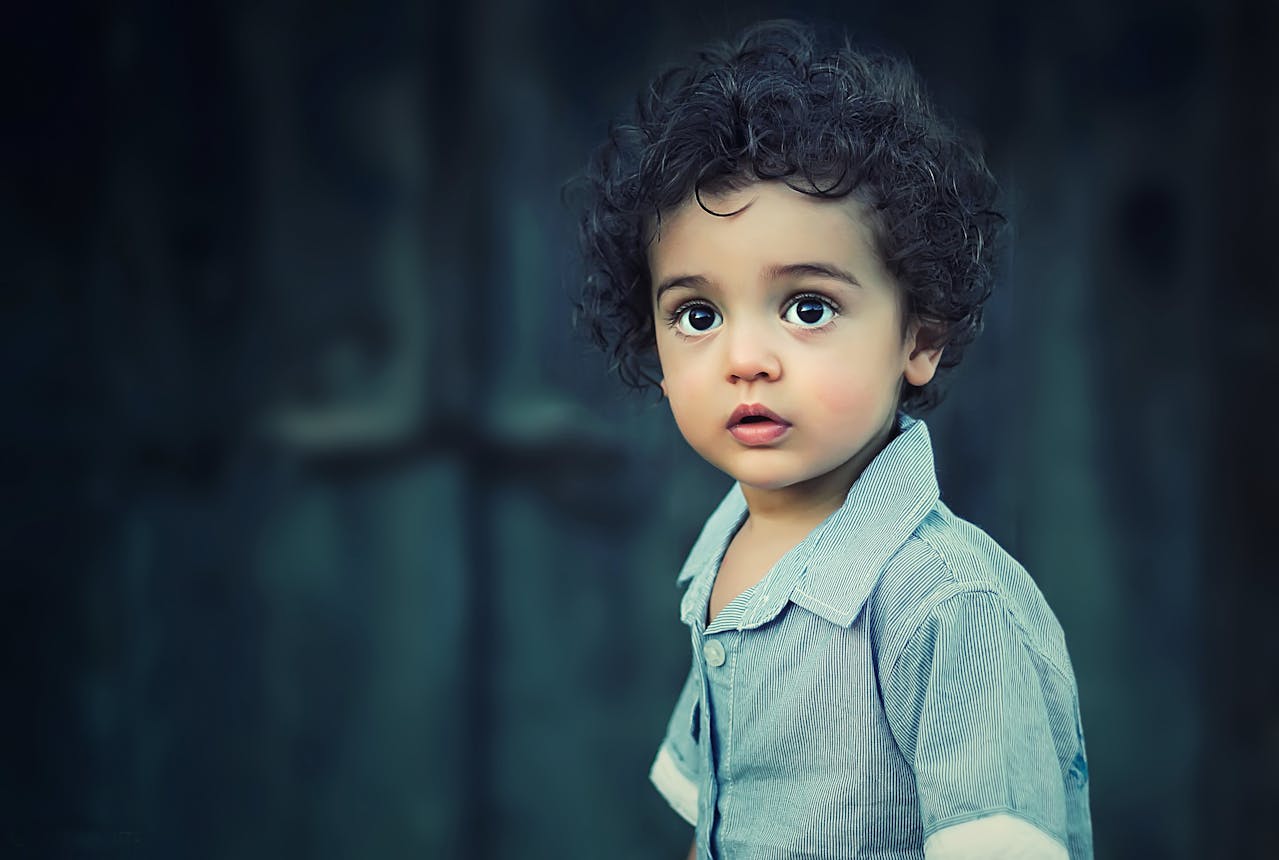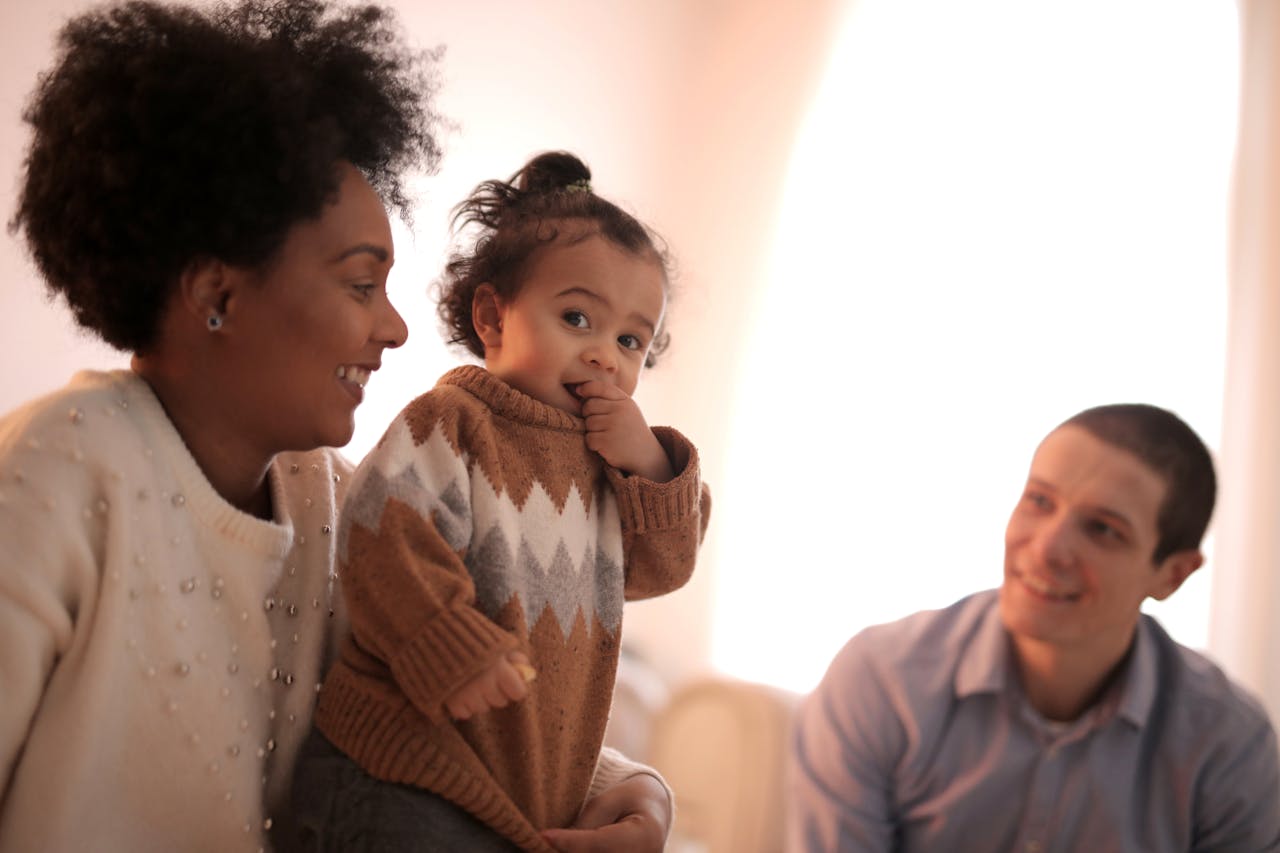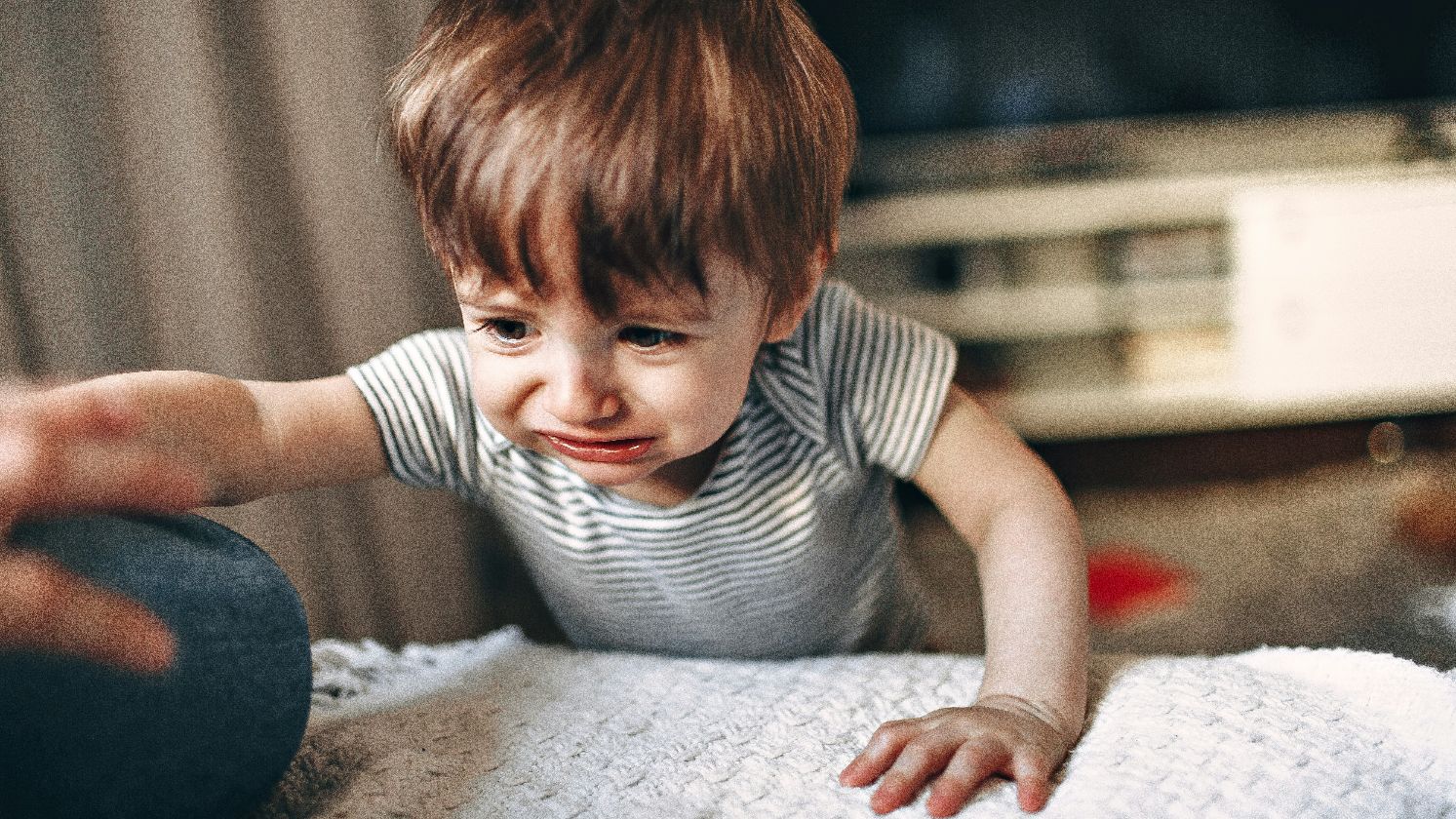Family Comes First
Today's world is a far cry from the white picket fences of the 50s. Whether the nuclear family was a reality or a fever dream—the modern family is a completely different animal. From fewer children to increased estrangement—here are 20 surprising ways family dynamics have evolved.
1. Delayed Marriages
With only a quarter of Americans believing marriage to be old-fashioned, it may shock you to know that young adults are less likely to be married in comparison to past generations. An interest in marriage tends to depend on religion and education, with most people putting it off until after accomplishing other goals.
 Photo by Jeremy Wong on Pexels
Photo by Jeremy Wong on Pexels
2. Fewer Children
With fewer marriages, fewer children may come as no surprise. 74% of young adults believe you don't need to prioritize marriage or children. Additionally, even if someone wants children, rising costs make it nearly impossible to afford them.
 Photo by Bess Hamiti on Pexels
Photo by Bess Hamiti on Pexels
3. Increased Divorce Rates
40% of American marriages end in divorce—with lower rates existing in religious communities. There is a surprising relationship between divorce and education, with those without a college degree being more likely to experience divorce.
 Photo by cottonbro studio on Pexels
Photo by cottonbro studio on Pexels
4. Interracial Families
America is a melting pot of cultures, religions, and races, and due to that, many people have gotten the chance to meet and fall in love with those of different races. There are more interracial families now than before, leading to a beautiful and harmonious blend of values.
 Photo by Andrea Piacquadio on Pexels
Photo by Andrea Piacquadio on Pexels
5. Dual Incomes
Due to high living costs and stagnant wages, most families require a double income to survive. This means both men and women are working equally hard to keep their families afloat, leading to more wealth and opportunity for either gender.
 Photo by cottonbro studio on Pexels
Photo by cottonbro studio on Pexels
6. Female Breadwinners
There is a significant rise in female breadwinners as well, with many women taking over the financial reins. This shift in gender stereotypes has allowed men to be stay-at-home dads and househusbands, leading to flexibility for every family.
 Photo by Chevanon Photography on Pexels
Photo by Chevanon Photography on Pexels
7. Single-Parent Households
Unfortunately, with the rise of divorce, single-parent households have also become common. Over 23 million children find themselves in a single-parent family, which correlates to one in three children. What makes this statistic even more troubling is the fact that the United States has the highest rate of single-parent households in the world.
 Photo by Ketut Subiyanto on Pexels
Photo by Ketut Subiyanto on Pexels
8. Common-Law Relationships
With fewer marriages taking place, many couples have gotten comfortable living together without ever tying the knot. Common law is an appropriately common practice, although only a few states recognize the practice.
 Photo by Mikhail Nilov on Pexels
Photo by Mikhail Nilov on Pexels
9. LGBTQ+ Families
While LGBTQ+ individuals have been around for centuries, their marriages were only recognized in the States in 2015. While a lot of work still needs to be done to accommodate these individuals, LGBTQ+ marriages have seen a marked increase, and over 3 million children are raised by at least one LGBTQ+ parent.
 Photo by Chrysostomos Galathris on Pexels
Photo by Chrysostomos Galathris on Pexels
10. Increased Daycare
With rising costs and dual incomes, many people are turning to daycare to make parenting possible. Unfortunately, mothers and fathers have limited parental leaves—and some cannot even afford to take that leave. This has led to an increased reliance on daycare services.
 Photo by cottonbro studio on Pexels
Photo by cottonbro studio on Pexels
11. Technological Influence
Often called iPad kids, this trend refers to the reliance on modern devices to raise one’s children. With expensive extracurriculars and busy work schedules—who can blame these parents?
 Photo by Julia M Cameron on Pexels
Photo by Julia M Cameron on Pexels
12. More Single People
Nearly 40% of the American population is single and many believe dating is harder than ever before. That being said, 69% of these single people enjoy being single and would have it no other way.
 Photo by Masud Allahverdizade on Pexels
Photo by Masud Allahverdizade on Pexels
13. Domestic Disparity
With women and men both taking part in the workforce and supporting their families, you would think there would be equal division in household chores as well. Unfortunately, it appears women still handle the majority of domestic tasks, including doing laundry, preparing food, and cleaning the house.
 Photo by cottonbro studio on Pexels
Photo by cottonbro studio on Pexels
14. Interreligious Families
As more and more religions are exposed to each other and have begun co-existing, there has been a sharp increase in interreligious families. A lot of people with religious backgrounds find themselves with secular partners, while some make it work with partners of a completely different faith.
15. Women-Initiated Divorce
With an increase in divorces, 68% to 77% are initiated by women. Now before you start throwing blame, it is worth noting that men reportedly benefit more from marriages than women do and are more eager to remarry than women are. In fact, married men are more satisfied with their social lives compared to single men.
 Photo by cottonbro studio on Pexels
Photo by cottonbro studio on Pexels
16. Fewer Family Dinners
While there are fewer children and couples than before, one would hope family dinners would remain a strong trend. Unfortunately, these daily get-togethers have diminished, with fewer people finding tight-knit closeness in their family units.
 Photo by cottonbro studio on Pexels
Photo by cottonbro studio on Pexels
17. Lonelier Childhoods
If parents do decide to have children, they usually stick to one child. This means more and more children are growing up without siblings—and reporting lonelier childhoods. While it would be great to have bigger units, sometimes it's simply unaffordable.
 Photo by RDNE Stock project on Pexels
Photo by RDNE Stock project on Pexels
18. Family Estrangement
Perhaps the world has gotten too sensitive, and now even families are starting to break down over arguments. In fact, 22% of Americans have been estranged from their families due to personal beliefs, and around 35% to 38% of Americans were estranged due to their religion or orientation.
 Photo by Diva Plavalaguna on Pexels
Photo by Diva Plavalaguna on Pexels
19. Education Matters
While more people are pursuing post-secondary education, there is a notable correlation between having a degree and having a family. Those who have completed at least a bachelor's degree are more likely to be married, indicating the influence of education.
 Photo by RDNE Stock project on Pexels
Photo by RDNE Stock project on Pexels
20. Delayed Retirement
The United States has an aging population, and this has led to an emphasis on delayed retirement. Many people simply can't afford to retire with the high costs of living—leading to the highest record of workers over the age of 65 in 60 years. As younger people enter the workforce, the thought of a decent retirement remains uncertain at best.










